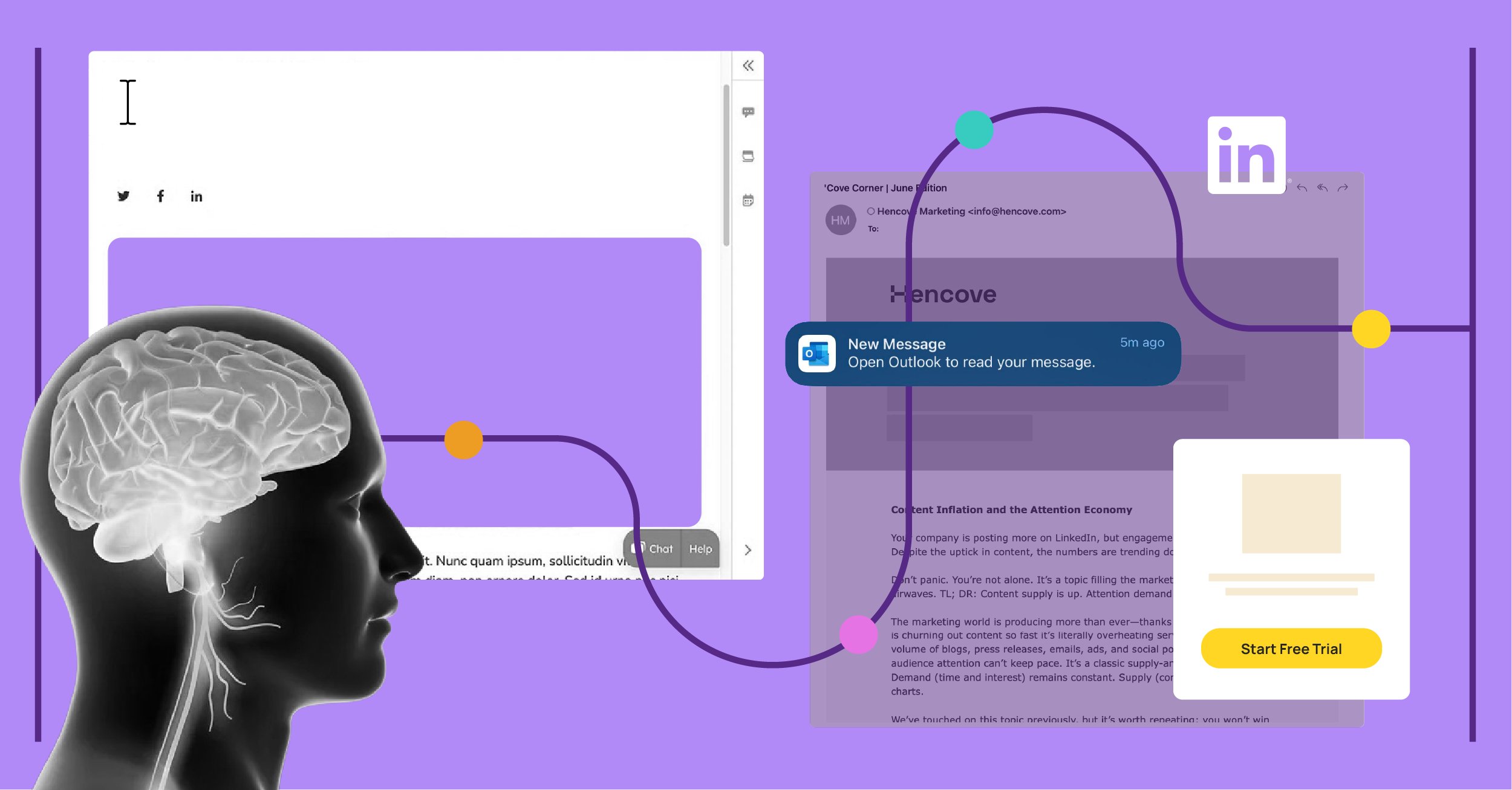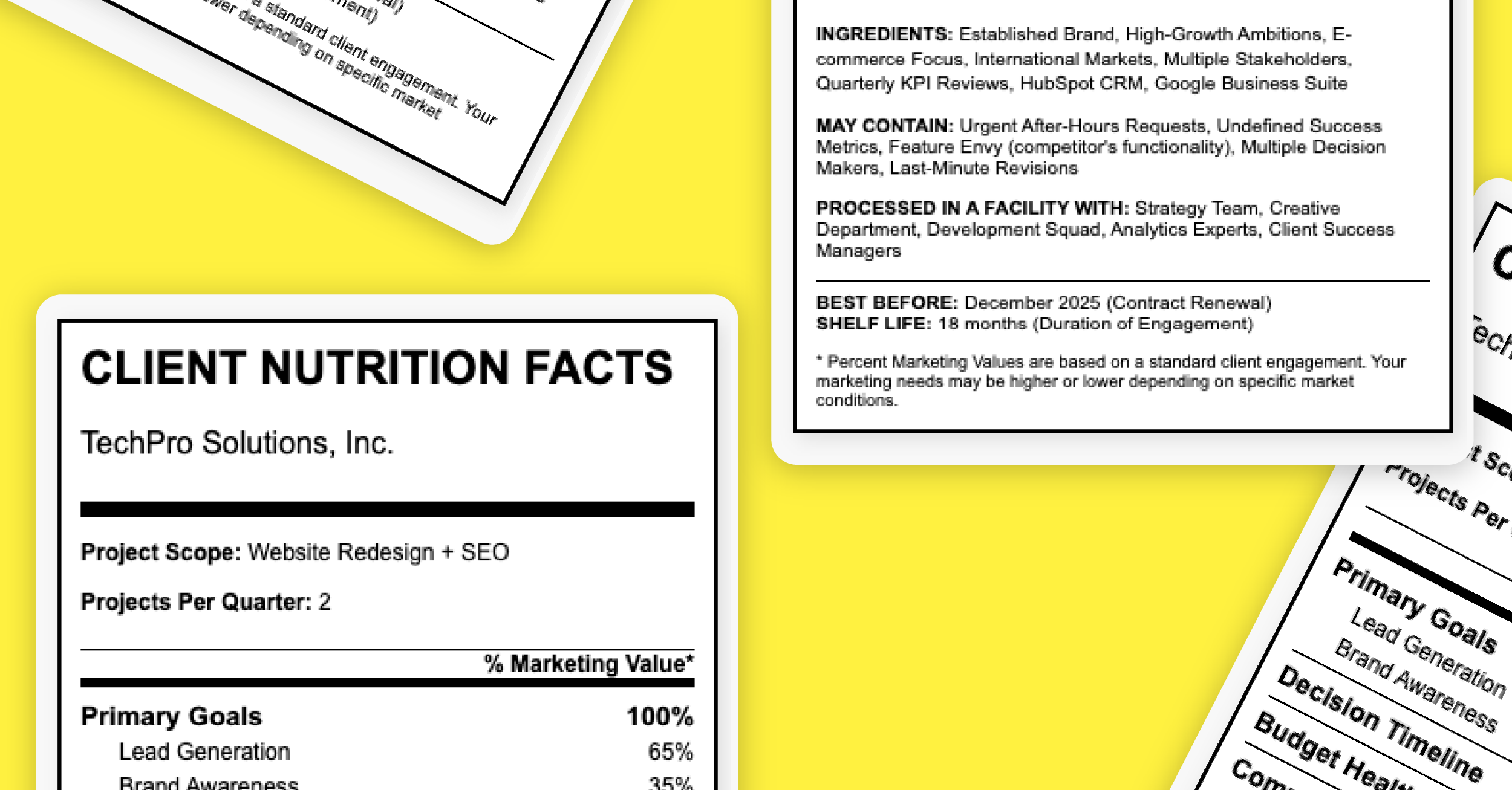As a first-time mom-to-be, I’ve heard countless parenting tips, tricks, and pieces of advice. Most are quickly forgotten, but one recently stuck with me: going from zero to one kid is harder than going from one to multiple kids. Yikes—comforting, right!? But it actually makes sense. Zero to one is a complete lifestyle change. Everything is different or new. But after you’ve had your first child, adding a second to the already-established chaos is just more of the same beautiful madness.
Don’t worry, this isn’t a detour into a parenting blog. The “zero to one” and “one to one million” concepts, popular in manufacturing and start-up circles, describe different types of progress. This philosophy got our team thinking about how this might apply to our world of B2B marketing. Whether you’re talking about parenting, manufacturing, or marketing, the challenge is universal: how do you start, sustain, and eventually scale effectively?
The Zero-to-One Reality Check: Starting from Scratch
Every business must establish its marketing function at some point. And let’s be honest: in many B2B companies, the development and investment in their marketing departments often lag behind other areas. As a result, often either there’s no one or only a very small team assigned to marketing, or leadership is still skeptical about providing those individuals with the resources needed to be effective. We’ll call this the “zero” stage—where marketing lacks consistency, messaging is unclear, things are done cheaply, and campaigns are few and far between.
This common scenario will get head nods: you’ve got a solid product, but your website is bare-bones, social posts only happen when someone remembers to do them, and emails go out sporadically.
Most companies in this stage try one of two approaches:
Option 1: Hire a marketing “Swiss Army knife.” This person (bless them) handles marketing strategy, content, graphic design, website development, organic and paid social media, all aspects of conference attendance, and advanced-level analytics; plans the company holiday party; and fixes the printer when it goes on the fritz. They’re juggling more hats than a Broadway costume department. Even if all these things get done, it’s unreasonable to expect one or a few people to fill in all the marketing gaps and still have enough capacity to keep the momentum going.
Option 2: Bring in specialist agencies or freelancers. One week it’s a PR firm, the next it’s SEO, then a web shop. Hiring one specialist can create movement in one area, but everything else stays fragmented. The truth is that to truly cover marketing in this way, you’d need to assemble a patchwork of four or more partners. That adds up quickly. And the odds of these people sharing the same strategy, messaging, and industry knowledge are slim to none: LinkedIn posts don’t match the website messaging, which doesn’t connect to email campaigns, which don’t connect back to sales conversations.
Both approaches can get you from zero to one, but scaling beyond that first step is where most teams stall.
The Hurdles on the Path to One Million
Once you’ve launched that refreshed website or started posting regularly on LinkedIn, you hit a new challenge. You’ve got some momentum, but it feels fragile. If you stop posting for two weeks, everything goes quiet. Without consistency and capacity, results plateau. We see this all the time:
- Bandwidth: One marketer can only accomplish so much. They’re going to hit a capacity ceiling—the business demands will outstrip the individual’s time. Even the best hire has limits.
- Reliability: Marketing works when it’s steady. Stop-start campaigns—inevitable when people get pulled into other projects—crush momentum and make it impossible to measure what’s working.
- Breadth of expertise: Modern B2B marketing needs strategy, writing, design, web, and channel-specific know-how. That’s a tall order for one hire or one specialist agency.
This is where an outsourced marketing department changes the game. Instead of hoping one person can do everything or juggling multiple vendors, you gain a team that seamlessly covers strategy, execution, and optimization.
How This Plays Out in Practice
Here are three scenarios where lean teams often get stuck, and how a full-service agency helps them move forward.
The Zero-Marketing Company: Think of a professional services firm that has grown through referrals and founder-led sales. Marketing has been left simmering on the back burner for years. Once an agency steps in to implement steady email campaigns, a user-friendly website, and consistent LinkedIn activity, inbound leads start to flow. More importantly, prospects arrive educated, interested, and already warmed up.
The Solo Marketer: This one’s incredibly common—a talented generalist doing everything and running on fumes. With agency support, they can focus on strategy while execution scales in the background. Blog readership climbs, followers grow, and leads improve because messaging is finally consistent across channels.
The Patchwork Partner Problem: A company uses one agency for PR, another for digital ads, a freelancer for content, and a consultant for web. Someone else manages hosting. Talk about a mess. Even if each partner delivers solid work, the overall approach falls flat. Once an agency integrates these efforts, campaigns reinforce each other instead of competing—and results improve while spending becomes more efficient.
The Zero-to-One-to-One Million Framework
We use a practical framework to help teams understand what’s needed at each stage of growth:
Stage 1: Zero to One. This is when we build the foundation. Competitive analysis, messaging frameworks, and brand positioning come first. Then come the essentials: website, content strategy, email setup, and initial campaigns. This is about creating clarity and credibility.
Stage 2: One to 100. Here, we build momentum through consistent execution: weekly social posts, monthly newsletters, and quarterly strategy refreshes. Marketing becomes a steady drumbeat instead of a series of one-off pushes.
Stage 3: 100 to One million. Now it’s time to scale impact. At this stage, companies are ready for more sophisticated campaigns: account-based marketing, marketing automation, and segmented nurture programs. These require senior-level specialists and the kind of bandwidth most in-house teams can’t easily sustain.
Not every company moves through these stages at the same pace. A software firm might sprint through stage 2 in months after a big partnership, while a professional services firm might plateau for years before a market shift creates new urgency. Flexibility matters. This is why an outsourced marketing department that can scale up or down is often more practical than a rigid internal team structure.
Why This Matters for Your B2B Team
Your buyers don’t make impulse decisions. They research, compare, and build trust over time. They need to see your message consistently, across channels, and in a way that reinforces credibility. Inconsistent marketing erodes that trust. Steady, integrated marketing builds it.
With the right support, lean teams can:
- Maintain cohesion across every touchpoint—from website to sales decks.
- Extend bandwidth without burning out internal staff.
- Scale new initiatives without hiring (and training) specialists for every need.
Just like parenting, the hardest jump is from zero to one. After that, momentum builds. Whether you’re starting from scratch, supporting a solo marketer, or tired of onboarding specialists, finding the right partner can help you move from scattered efforts to meaningful, measurable growth.
If your team is ready for the next stage, let’s talk about what scaling smarter could look like for you.



